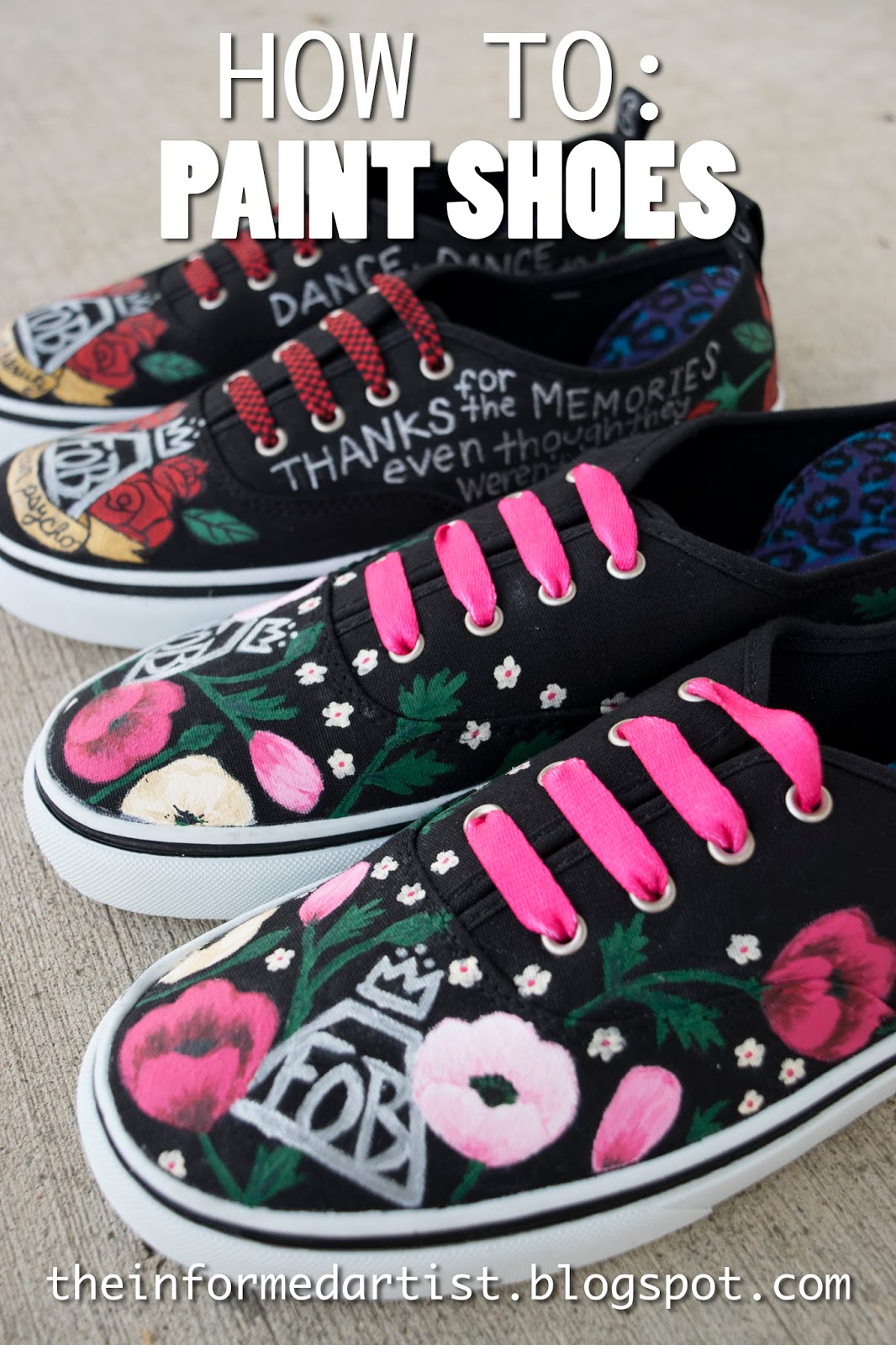
The Egyptians and Hindus made some use of ornamental footwear, such as a soleless sandal known as a "Cleopatra", which did not provide any practical protection for the foot. While thong sandals were commonly worn, many people in ancient times, such as the Egyptians, Hindus and Greeks, saw little need for footwear, and most of the time, preferred being barefoot. The Masai of Africa made them out of rawhide.

Ancient Egyptian sandals were made from papyrus and palm leaves. Thong sandals were worn by many civilizations and made from a wide variety of materials. They were also worn in Jerusalem during the first century of the Christian era. One pair found in Europe was made of papyrus leaves and dated to be approximately 1,500 years old. The Middle Kingdom is when the first of these thebets were found, but it is possible that it debuted in the Early Dynastic Period. “Thebet” may have been the term used to describe these sandals in Egyptian times, possibly from the city Thebes.

This practice dates back to pictures of them in ancient Egyptian murals from 4000 BC. Africa and Middle EastĪs civilizations began to develop, thong sandals (precursors to the modern flip-flop) were worn. The leaves of the sisal plant were used to make twine for sandals in South America while the natives of Mexico used the Yucca plant. Moccasins were not designed to be waterproof, and in wet weather and warm summer months, most Native Americans went barefoot. Many moccasins were also decorated with various beads and other adornments. These are tight-fitting, soft-soled shoes typically made out of leather or bison hides. Many early natives in North America wore a similar type of footwear, known as the moccasin. These earliest designs were very simple, often mere "foot bags" of leather to protect the feet from rocks, debris, and cold. This led archaeologists to deduce that wearing shoes resulted in less bone growth, resulting in shorter, thinner toes. By studying the bones of the smaller toes (as opposed to the big toe), it was observed that their thickness decreased approximately 40,000 to 26,000 years ago. It is thought that shoes may have been used long before this, but because the materials used were highly perishable, it is difficult to find evidence of the earliest footwear.

The Jotunheimen shoe was discovered in August 2006: archaeologists estimate that this leather shoe was made between 18 BC, making it the oldest article of clothing discovered in Scandinavia. Ötzi the Iceman's shoes, dating to 3300 BC, featured brown bearskin bases, deerskin side panels, and a bark-string net, which pulled tight around the foot. The world's oldest leather shoe, made from a single piece of cowhide laced with a leather cord along seams at the front and back, was found in the Areni-1 cave complex in Armenia in 2008 and is believed to date to 3500 BC. The earliest known shoes are sagebrush bark sandals dating from approximately 7000 or 8000 BC, found in the Fort Rock Cave in the US state of Oregon in 1938. Roman shoes: a man's, a woman's and a child's shoe from Bar Hill Roman Fort, Scotland. 90% of shoes end up in landfills, because the materials are hard to separate, recycle or otherwise reuse. Globally, the shoe industry is a $200 billion a year industry. Traditionally, shoes have been made from leather, wood or canvas, but are increasingly being made from rubber, plastics, and other petrochemical-derived materials. Some shoes are designed for specific purposes, such as boots designed specifically for mountaineering or skiing, while others have more generalized usage such as sneakers which have transformed from a special purpose sport shoe into a general use shoe. High fashion shoes made by famous designers may be made of expensive materials, use complex construction and sell for large sums of money. Basic sandals may consist of only a thin sole and simple strap and be sold for a low cost. Contemporary footwear varies widely in style, complexity and cost. Some shoes are worn as safety equipment, such as steel-toe boots, which are required footwear at industrial worksites.Īdditionally, fashion has often evolved into many different designs, such as high heels, which are most commonly worn by women during fancy occasions. Form was originally tied to function but over time shoes also became fashion items.

Though the human foot can adapt to varied terrains and climate conditions, it is vulnerable, and shoes provide protection. A variety of shoes displayed at the Nordic Museum, including models from 1700 to the 1960s.Ī shoe is an item of footwear intended to protect and comfort the human foot.


 0 kommentar(er)
0 kommentar(er)
